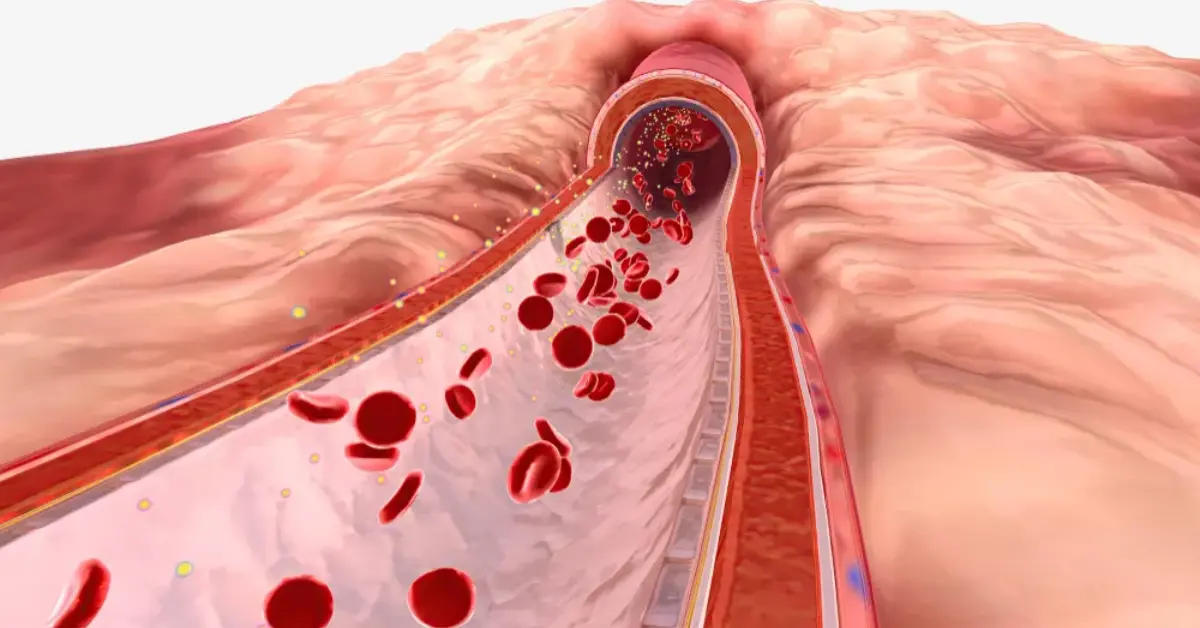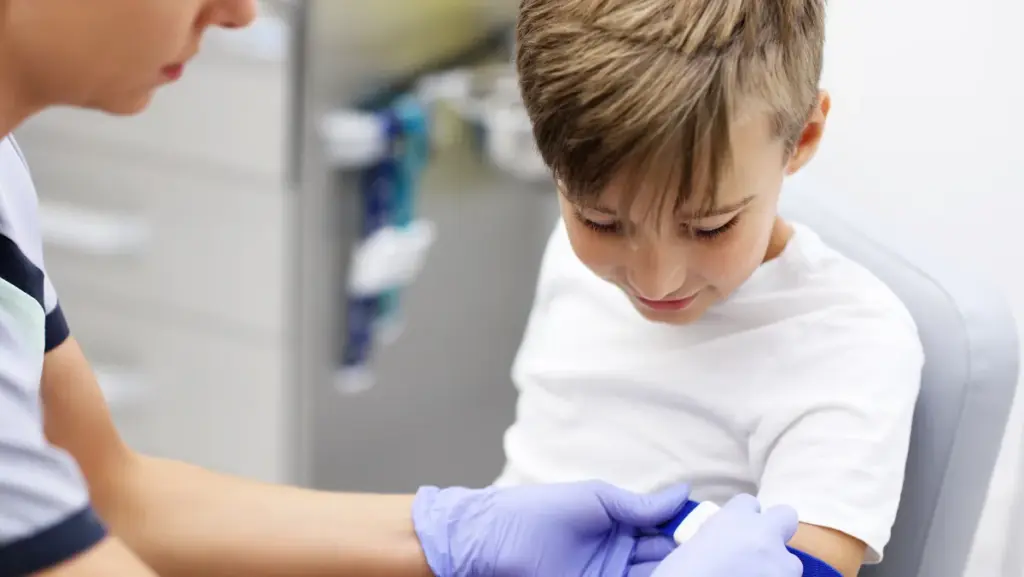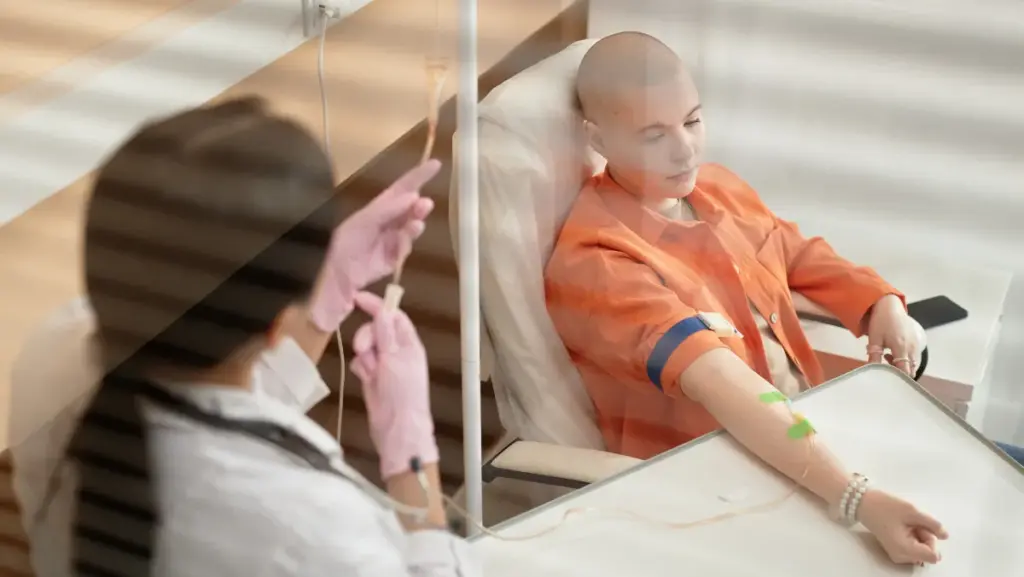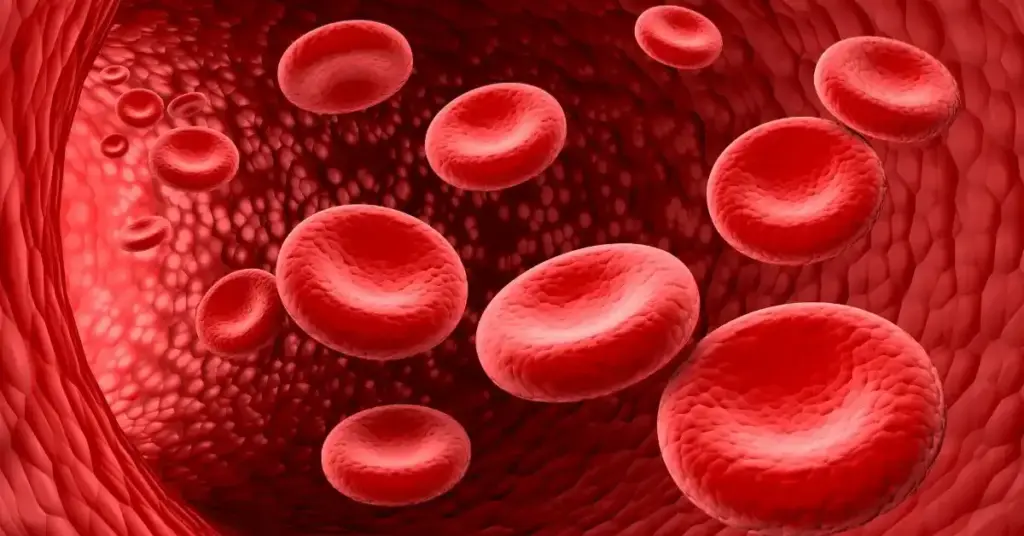
You may notice your child looking unusually pale, getting tired quickly, or as an adult, you may find yourself struggling with unexplained fatigue. These signs can naturally cause worry. The good news is that you’re not alone—many families experience the same concerns. In this post, we’ll explain what hemoglobinopathy is, the types, symptoms, complications, how it’s diagnosed, and the treatment options available for both children and adults.
Hemoglobinopathy is a group of inherited blood disorders where hemoglobin—the protein in red blood cells that carries oxygen—doesn’t function as it should. This can reduce the oxygen supply to organs and tissues, leading to fatigue, weakness, and other health issues. Both children and adults can be affected, but with proper care, symptoms can often be managed effectively.
With timely diagnosis and the right treatment, children and adults living with hemoglobinopathy can enjoy active, fulfilling lives. Working closely with your healthcare team ensures early intervention, safe management, and better long-term outcomes. With proper support today, the future remains bright, healthy, and full of possibilities.
You may notice your child looking unusually pale, getting tired quickly, or as an adult, you may find yourself struggling with unexplained fatigue. These signs can naturally cause worry. The good news is that you’re not alone—many families experience the same concerns. In this post, we’ll explain what hemoglobinopathy is, the types, symptoms, complications, how it’s diagnosed, and the treatment options available for both children and adults.
What is Hemoglobinopathy?
Types of Hemoglobinopathy
What are the Symptoms of Hemoglobinopathy?
Complications of Hemoglobinopathy
How is Hemoglobinopathy Diagnosed?
How is Hemoglobinopathy Treated?
Summary
Hemoglobinopathy is a group of inherited blood disorders where hemoglobin—the protein in red blood cells that carries oxygen—doesn’t function as it should. This can reduce the oxygen supply to organs and tissues, leading to fatigue, weakness, and other health issues. Both children and adults can be affected, but with proper care, symptoms can often be managed effectively.
With timely diagnosis and the right treatment, children and adults living with hemoglobinopathy can enjoy active, fulfilling lives. Working closely with your healthcare team ensures early intervention, safe management, and better long-term outcomes. With proper support today, the future remains bright, healthy, and full of possibilities.
Hemoglobinopathies are inherited disorders where the hemoglobin in red blood cells is abnormal. These abnormalities reduce oxygen delivery, causing anemia and related symptoms like fatigue, pale skin, and weakness. Common hemoglobinopathies include sickle cell disease and thalassemia, which can range from mild to severe, affecting both children and adults depending on the type and severity.
The most common hemoglobinopathies are sickle cell disease and thalassemia (alpha and beta types). Sickle cell disease causes crescent-shaped red blood cells, leading to pain and organ complications. Thalassemia reduces hemoglobin production, resulting in chronic anemia. These conditions are inherited and vary in severity, requiring early diagnosis and proper medical management for optimal outcomes.
The two main types of anemia caused by hemoglobin disorders are sickle cell anemia and thalassemia anemia. Sickle cell anemia results from abnormal hemoglobin causing distorted red blood cells. Thalassemia anemia occurs when the body produces insufficient hemoglobin. Both lead to reduced oxygen delivery, fatigue, and other complications, with severity ranging from mild to life-threatening.





